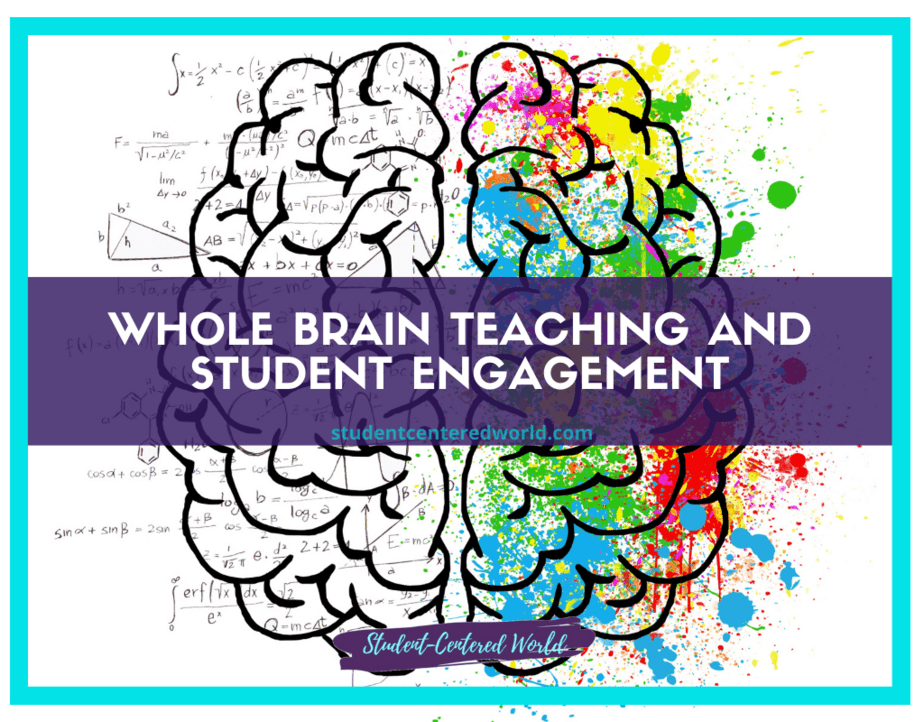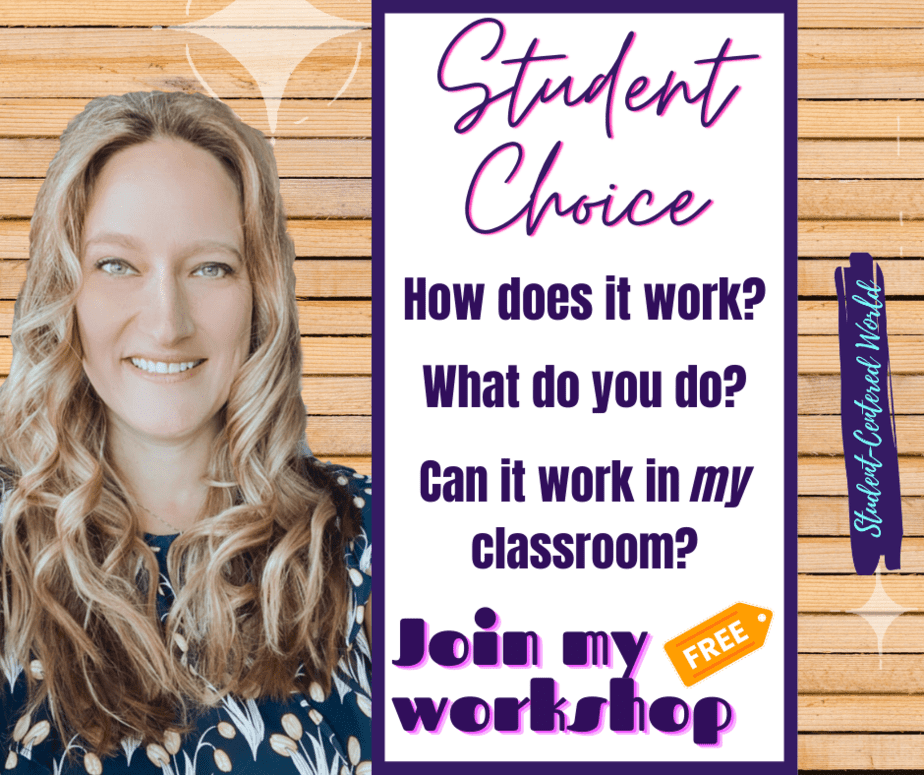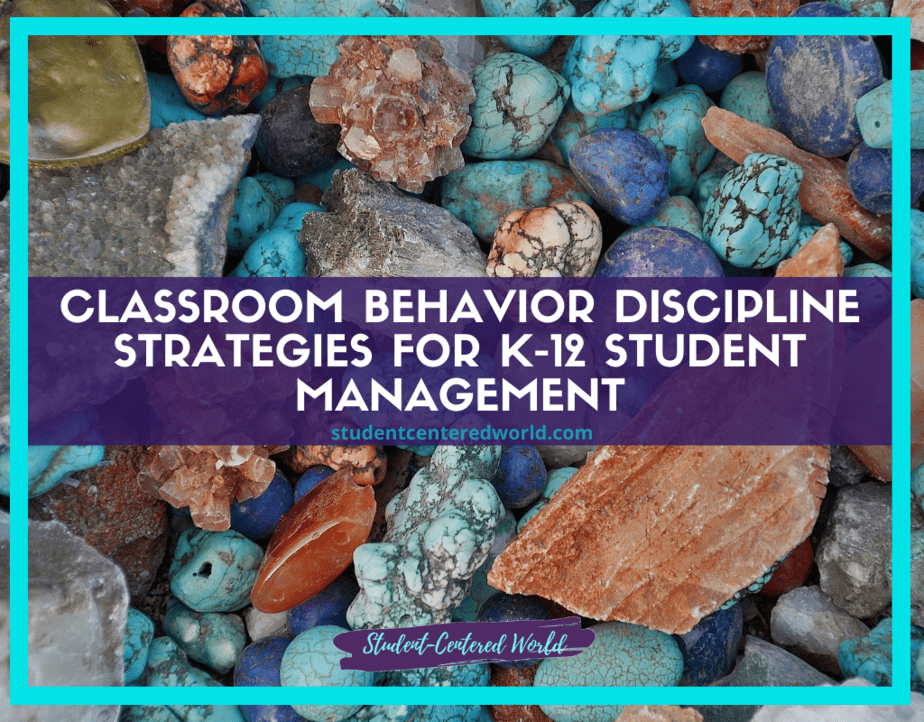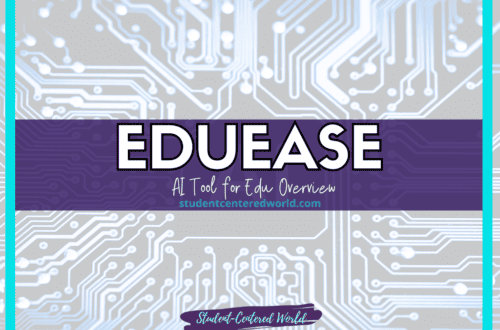Neurodiversity in the Classroom and Inclusive Educational Strength
We know that our classrooms are not one size fits all. It doesn’t take a special education teacher to interact on a daily basis with neurodivergent students. However, it does take a little extra effort to be proactive and understand how best to support these students. Unfortunately, many general education teachers are not extensively trained in neurodiverse learners past a class or two in their teacher education.
This doesn’t mean that students with intellectual disabilities are outcasts in the classroom environment. It purely means that if students with neurological differences are in a regular classroom, the teacher needs to ensure that they do whatever possible to help students succeed in this scenario. From elementary school to high school, young neurodivergent people have a place in our education systems and allowing educators a starting point to make sure that their neurotypical students as well as those with special needs succeed.
Dealing with Neurodivergency as a General Education Teacher
There are a few key things that general educators should keep in mind when working with neurodivergent students. The first is to be aware of the different types of disabilities that may present themselves in the classroom. Many times, teachers are only familiar with students who have learning disabilities such as attention deficit hyperactivity disorder or dyslexia. However, there are many more disabilities that can present themselves, such as autism spectrum disorder, Tourette syndrome, or cerebral palsy. It’s important to be familiar with the different types of disabilities so that you can better understand how to support your students.
The second key point is to remember that every student is different. Just because a student has a disability doesn’t mean that they learn in the same way as other students with the same disability. It’s important to get to know your students so that you can understand how they learn best and what accommodations may be necessary for them.

The third key point is to be patient. Many times, neurodivergent students may need more time to process information or complete tasks. It’s important to be patient and understand that these students are capable of succeeding, but may just need a little extra time. Most of us have to put general accommodations in our lesson plans, but truly consider what can be done to assist the young people in your class. Do they need help with social skills? Body language? Interacting with the school environment? Determine what type of activities can assist with these areas (because neurotypical students can always benefit from these, too).
As a rule, there are a few key things that all teachers can do to support neurodivergent students in their classrooms:
1. Get to know your students. This may seem like obvious advice, but it is especially important when working with neurodivergent students. Take the time to get to know their interests, strengths, and needs. This will help you to better understand how they learn and what type of accommodations may be necessary.
2. Be patient. Many times, neurodivergent students may need more time to process information or complete tasks. It’s important to be patient and understand that these students are capable of succeeding, but may just need a little extra time.
3. Be proactive. Many times, neurodivergent students may need accommodations that are not immediately obvious. It’s important to be proactive in your thinking and consider what type of accommodations may be necessary to help these students succeed.
4. Advocate for your students. Unfortunately, many neurodivergent students do not have someone advocating for them. It’s important to be an advocate for these students and ensure that their needs are being met.
5. Be flexible. The best way to support neurodivergent students is to be flexible in your approach. No two students are the same, so it’s important to be flexible in order to meet the individual needs of each student.
While these are just a few general tips, it’s important to remember that every student is different and will require different accommodations. A student with behavioral disorders may not need the same reinforcement as one with neurological conditions. The best way to support neurodivergent students is to get to know them as individuals and be willing to adapt your instruction to meet their needs.
Lesson Planning for Individual Learning Needs
There’s something magical about looking at teaching in a different way. The human brain is an interesting place and constantly finding new ways to encourage students, both those with specific learning difficulties and not, helps our classrooms. The past decade has seen a shift in how our students are learning, and that is not specific to neurodiverse people.
Changes in technology have caused students to have shorter attention spans and a need for immediate gratification. The new normal is now, which has an effect on how we teach. It is important that we remember that not all students learn the same way, but each student can succeed when given the right tools.

The past several years have shown us a definite paradigm shift in focusing on individual learning needs and addressing learning differences in the way educators are executing their craft in the classroom. There is a push to focus on students’ strengths and great attention is made that all students feel they are in a safe classroom where they are free to make errors on their way to mastery. To do this for all students means being sure to focus on the diversity of brains and their levels of human development.
Diversity of brains in the classroom is not a new concept, but it has taken on new meaning as we become more aware of how different each student’s experience is. We are also paying closer attention to executive functioning skills and how they relate to success in school. These skills include (but are not limited to): task initiation, time management, organization, emotional control, and flexibility/adaptability.
When we think about how to support the diversity of brains in our classrooms, it is important to consider how all students learn. We know that each student has a unique set of learning strengths and needs. We also know that each student learns differently. And we know that each student is at a different place developmentally.
Neurodivergency and Behavior Modifications
Some students with neurodivergent conditions may exhibit behaviors that can be disruptive to the classroom. It’s important to remember that these behaviors are often a result of the condition and not intentional. With that said, it’s still important to maintain a safe and orderly classroom. There are a few things you can do to help manage disruptive behaviors:
1. Establish rules and consequences. It’s important to have a set of rules that all students are expected to follow. If disruptive behaviors occur, there should be consequences in place.
2. Be consistent. It’s important to be consistent with the rules and consequences. All students should be held to the same standards.
3. Have a consistent dialogue. If you know that a student is struggling with their behavior, take the time to talk to them about it. Many times, students are not aware of their behaviors and will be willing to work on correcting them if they know it’s a problem.
4. Seek help. If you are struggling to manage a student’s behaviors, don’t be afraid to ask for help. There are many resources available to help you better understand and manage disruptive behaviors.

While these tips can help you manage disruptive behaviors, it’s important to remember that every student is different. Not all students will respond to the same techniques. It’s important to be flexible in your approach. So, how do we put all of this together to best support each student in our classrooms?
Here are some things to keep in mind:
1. All students are different.
2. All students learn differently.
3. All students are at different developmental levels.
4. Not all students will respond to the same techniques.
Flexibility and Differentiation
When we keep these things in mind, it’s important to be flexible in our approach and tailor our instruction to meet the needs of each individual student. We can do this by differentiating our instruction. Differentiated instruction is an approach that involves providing students with different ways of learning based on their needs. This could involve using different materials, modifying assignments, or changing the way you present information.

Differentiated instruction is a great way to support the diversity of brains in our classrooms. By taking into account the different needs of each student, be they sensory needs or academic needs, we can ensure that all students have an opportunity to learn and succeed.
Stop Driving the Teacher Struggle Bus
Are you struggling with student engagement, apathy, or keeping your class on track?
💫💫 There’s hope! 💫💫
Join my free teacher workshop “Choosing Choice” and in just 60 minutes, you’ll craft a practical plan to revitalize your teaching. Discover the magic of student choice in boosting engagement, gain quick implementation ideas, and explore strategies for year-long success.
Unlike overwhelming workshops, my approach guides you in real-time, providing more classroom options, reducing stress, and giving you more personal time.
Plus, you’ll earn a 1-hour professional development certificate and have 7 days of access.
Don’t miss this chance to transform your teaching; click below to secure your spot now!






